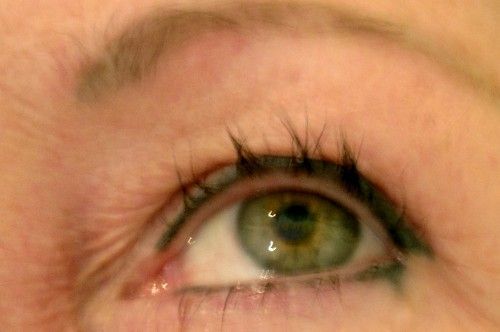Damage to the Meibomian Glands
Waterline tattooing carries the risk of damaging the Meibomian glands, which are responsible for producing the eye's lubricating oil. If these glands are harmed during the procedure, individuals may experience discomfort, itching, burning, occasional blurred vision, and a persistent foreign body sensation in the eye.
Blockage of Tear Ducts
Waterline tattooing also poses the risk of obstructing the tear ducts, especially those of the Lacrimal glands. These glands produce the watery component of tears, and if their ducts become blocked during the procedure, it can lead to insufficient moisture on the eye surface, causing irritation and increasing the risk of infection. Thus, it is crucial to avoid tattooing directly on the tear ducts to ensure proper tear drainage and overall eye health.



